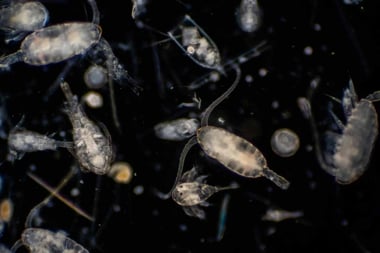
We know what foods are healthy: our challenge isnt about finding the best health-promoting foods but rather how we can conveniently incorporate them into our diets.
We know what foods are healthy: our challenge isn’t about finding the best health-promoting foods but rather how we can conveniently incorporate them into our diets.
How can we eat healthier without overextending our time budgets? What is the best route to take when we’re aiming to integrate more healthy foods and replace the less-healthy options in our diets?
More Yes, Less No
A common approach when transitioning to a new way of eating is to eliminate certain non-health-promoting foods–burgers, fries, cookies. However, the most effective way to seamlessly adopt a new eating plan is to include more health-promoting foods. This is a practical solution that works on both physiological and psychological levels.
Physiologically, this approach is ideal in that it allows time for the body to detoxify itself. Healthier foods generally have more fibre and chlorophyll and are often enzyme rich. These three components of healthy food will take the body a bit of time to adapt to. By slowly adding foods that are rich in these nutrients, the body will grow used to them and begin to expect and even desire them over time.
Psychologically, adopting this inclusion approach is also a sound strategy. Knowing that you can, in the early stages of your new diet, still eat some of the foods you’re trying to ultimately avoid can be comforting. Starting a program that is not absolutely restrictive is less daunting, and you have a greater chance of embracing your new diet and eventually making it routine.
Smart Smoothies
One of the most effective ways to begin making the transition is to incorporate key cleansing foods (with fibre, chlorophyll, and enzymes) in a form that’s appealing. Whole food smoothies are a great way to do this. Blended with fresh fruit, they’re appetizing to almost everyone, since the predominant taste is whatever fruit (for example, blueberries, strawberries, or raspberries) is used.
As with any nutrient, fibre is best obtained from a whole food source. Both soluble and insoluble sources of fibre are important. Hempseeds, flaxseeds, and vegetables are excellent sources of fibre. Whole grains are also a good choice–sprouted are the best. Chlorophyll-rich foods are the green ones, and the darker the better. From basic lettuce to more exotic algae, such as chlorella, spirulina, and even phytoplankton, they are tremendously healthy. Enzymes are prevalent in raw foods. We need to replenish enzymes in the body, as stress and the overconsumption of refined foods can cause enzyme production to decline sharply.
By incorporating more raw foods–fruits and vegetables–into your diet, you will ensure that your enzyme needs are covered. A smoothie made from hempseeds, ground flaxseeds, and a greens drink powder blended with fruit and water is a good way to cover all your bases.
Other healthy additions to a smoothie include coconut water, which is rich in electrolytes, and a seed called Salba, which is high in protein and essential fatty acids, including omega-3.





